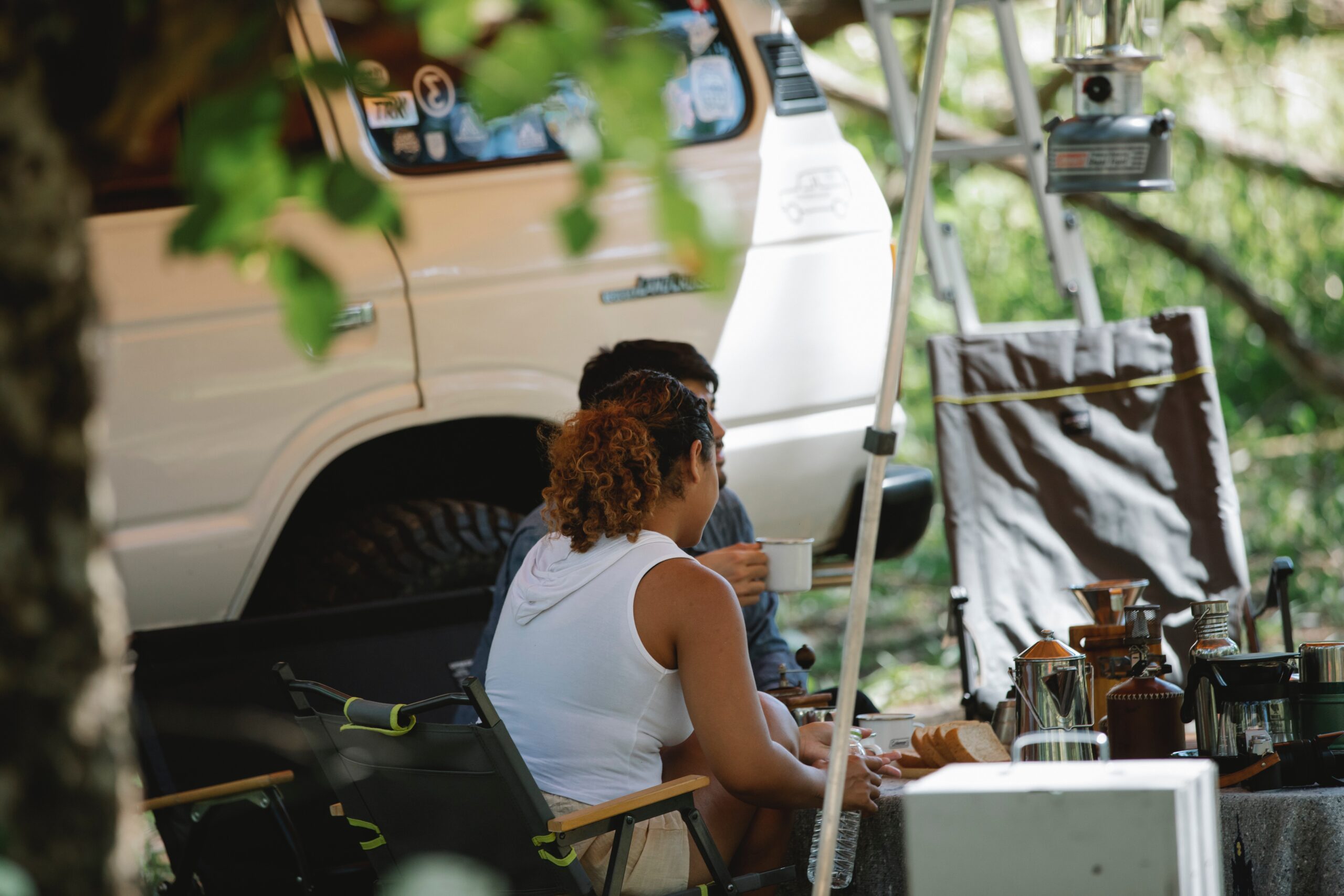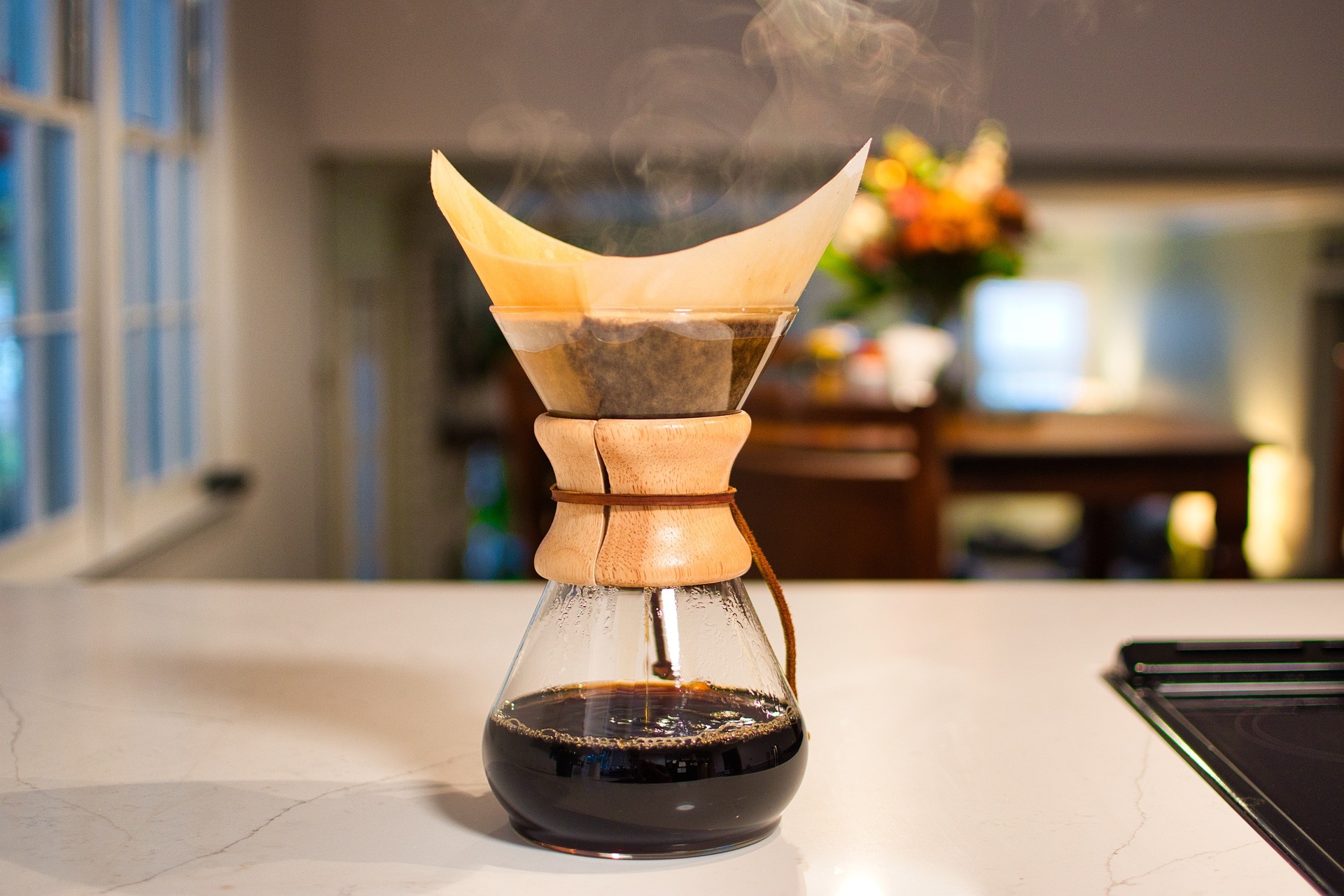For many of us, having a cup of coffee each day is a need. What transpires, though, if you live off the grid and don’t have access to contemporary conveniences like running water and electricity? There are various ways to prepare coffee while off the grid, despite the fact that it could appear difficult. Every sort of coffee fan has alternatives, from the classic cowboy coffee to the Italian Moka pot. We’ll look at some of the top off-grid coffee-making techniques in this post and offer advice on how to fit these techniques into your outdoor lifestyle. Whenever, anywhere, you may enjoy a hot cup of coffee using these techniques, whether you’re camping, trekking, or permanently living off the grid.
French Press
The French press, a press pot or plunger pot, is a well-liked and straightforward way to make coffee. It comprises a plunger, a metal mesh filter, and a glass or stainless steel container. The French press method is well-liked because it produces coffee with a full-bodied, robust flavor.
Before utilizing a French press, you must boil water using a campfire, portable stove, or another off-grid heat source. After the water is the right temperature and strength, add coarse coffee grinds to the French press. As a general rule, use 1 tablespoon of coffee for every 4 ounces of water.
Stir the coffee grounds as you pour the hot water over them to ensure they are all moist. Depending on how strong you want your coffee, let it steep for 4-5 minutes. Once the brewed coffee and coffee grounds are separated, slowly depress the plunger.
Using a French press is advantageous because it doesn’t need paper filters, which is good for the environment. French presses are a great option for people who live off the grid because they are very simple to clean and don’t need energy.
It’s crucial to keep in mind, nevertheless, that a French press requires coarsely ground coffee beans. The coffee may become over-extracted and harsh if the grind is too fine, clogging the filter and tainting the beverage. To achieve the ideal flavor profile, it is advised to use a burr grinder and alter the grind size.
View this post on Instagram
Pour-Over
Pour-over coffee is a quick and easy way to prepare coffee when you’re living off the grid. Pouring hot water over coffee grinds contained in a paper or metal filter allows the water to extract the coffee tastes and make a rich and fragrant cup of coffee.
You’ll need a portable heat source, such as a camp stove, plus a pot or kettle to boil water to make pour-over coffee when living off the grid. A pour-over coffee machine, which can be made of plastic, ceramic, or glass, is also required. A paper or metal coffee filter that suits the size of your pour-over coffee maker is also required.
To begin, fill the pour-over coffee maker halfway with water and insert the filter. Once the filter has been filled with the desired quantity of coffee grounds, pour the boiling water over coffee grounds in a circular motion. Water should be added in modest increments to allow the coffee to blossom and the flavors to develop fully. You can modify the number of coffee grounds and water used to achieve the desired strength and flavor profile.
One advantage of the pour-over method is that it produces a clean, smooth cup of coffee. Also, it is a somewhat environmentally friendly method because paper filters can be readily discarded, and metal filters may be reused for an extended time.
However, it’s important to remember the pour-over method necessitates a steady and regulated pour of hot water over the coffee grinds. Without the use of a specialized kettle with a tiny spout or a steady hand, this might be difficult and compromise the taste of the coffee. Also, because the hot water may cool down fast, this method is not appropriate for people who live in hot or windy climates.
Cowboy Coffee
Cowboys, campers, and outdoor lovers have utilized the traditional and uncomplicated cowboy coffee-making method for decades. Without a filter, cowboy coffee is essentially French press coffee. In order to extract the flavors from the coffee, this method includes heating up water and coffee grinds in a pot over an open flame or portable burner.
You’ll need a pot with a lid, coffee grounds, and water to create cowboy coffee. Then, once the water is filled to the proper level, bring it to a boil over an open flame or a portable stove. The coffee grounds should be added in the proper quantity, which is normally 1 tablespoon per cup of water, once the water has reached boiling point.
Two tablespoons of ground coffee must be added for every eight ounces of boiling water. Stir. It should sit for two minutes. Stir once more. Two more minutes should pass while it sits. When the coffee has brewed for 4 minutes, add 12 cups of cold water to the pot to help the grounds sink to the bottom. The grounds should now be on top of the liquid. To avoid transferring coffee grinds from the bottom of the pot into your cup, pour the coffee into the cup gently.
The ease of use and portability of the cowboy coffee process are two advantages. It is the perfect alternative for people living off the grid because all you need is a pot, water, coffee grounds, and a heat source. Moreover, cowboy coffee makes a pot of coffee that is robust in flavor and strength, making it ideal for drinking outside.
Cowboy coffee may be unpredictable, though, and if soaked for too long or if too much coffee is put into the water, the coffee may become over-extracted and harsh. The texture and flavor of the coffee may also be impacted by the presence of coffee grounds or sediment.
View this post on Instagram
Moka Pot
A rich and potent cup of coffee can be made using the classic Italian Moka pot method, which uses steam pressure to extract coffee flavors. The only equipment needed for this method is the Moka pot itself, making it a popular option for people who live off the grid.
You’ll need a Moka pot, water, and coffee grounds to make coffee in one. Place the metal filter basket within the bottom chamber of the Moka pot after filling it with cold water up to the safety valve. Coffee grounds should be added to the basket, then leveled off without applying excessive pressure.
Place the Moka pot on a heat source, such as a camp stove, after screwing the top chamber onto the bottom chamber. To provide a constant and slow extraction, the heat source should be low to medium heat. The bottom chamber’s water will begin to boil and produce steam, which will travel through the coffee grounds and extract the flavors.
The brewed coffee will be forced through the center spout and into the top chamber of the Moka pot as the steam pressure increases. After the coffee has been entirely extracted, take the Moka pot off the heat and pour the coffee into a cup or mug.
One advantage of this technique is the ability to make espresso-like coffee using a Moka pot without investing in an expensive espresso machine. The Moka pot is also portable and lightweight, which makes it a popular option for people who live off the grid.
It’s crucial to remember that utilizing a Moka pot effectively calls for some practice and technique. It’s critical to select the proper coffee grind size since too fine or too coarse grinds might impact flavor and extraction. In addition, regular cleaning of the Moka pot is necessary to keep any residue from tainting the flavor of the coffee.
View this post on Instagram
Fun Fact About The Top Coffee-Producing Countries
In 2020, Brazil produced 175,647,000 60-kilogram bags of green coffee beans, which was 39% of the world’s total production. Other top-producing countries include Colombia, Vietnam, and Indonesia.
There are no publicly available synthetic coffee products as of 2021, despite several bio-economy companies claiming to have created initial batches that are remarkably similar on a molecular level and are close to commercialization.
Picking the Right Coffee Maker
Given the abundance of alternatives on the market today, selecting the best coffee maker can be challenging. You may, however, quickly select a coffee maker that best suits you with a little investigation and consideration of your requirements and tastes.
You must first choose between an electric and a non-electric coffee machine. Since you are in a region that is off the grid, you need a coffee maker that is non-electric.
The coffee maker’s size and capacity should also be taken into account. A single-serve coffee machine or the pour-over method may be better suitable if you just need to brew one or two cups at a time. Check the infographic below to learn the different types of coffee makers.
Embed this custom graphic in the subheading: Picking the Right Coffee Maker
https://luluandsweetpea.com/wp-content/uploads/2022/11/Different-Types-of-Coffee-Makers.jpg
From: https://luluandsweetpea.com/guide-to-picking-the-best-coffee-maker-for-you/
Living off the grid can be exciting, but you don’t have to stop drinking your favorite cup of coffee. You can prepare your daily brew anywhere thanks to the variety of coffee-making techniques that are available. Anyone can make the ideal cup of coffee using a different technique, from the French Press to the Moka Pot. Hence, you may still have a fresh, hot cup of coffee to start your day, whether you’re camping in the bush or living in a distant area. You can make a good cup of coffee wherever you are with a little planning, some basic supplies, and the appropriate approach.



